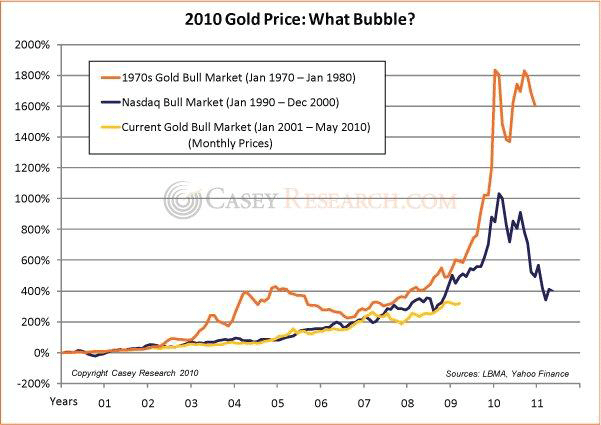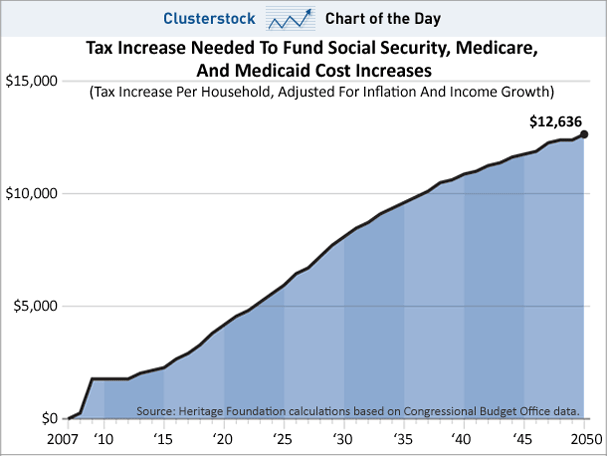Many states are acknowledging this year that they have promised pensions they cannot afford and are cutting once-sacrosanct benefits, to appease taxpayers and attack budget deficits.
Illinois raised its retirement age to 67, the highest of any state, and capped the salary on which public pensions are figured at $106,800 a year, indexed for inflation. Arizona, New York, Missouri and Mississippi will make people work more years to earn pensions. Virginia is requiring employees to pay into the state pension fund for the first time. New Jersey will not give anyone pension credit unless they work at least 32 hours a week.
“We can’t afford to deny reality or delay action any longer,” said Gov. Pat Quinn of Illinois, adding that his state’s pension cuts, enacted in March, will save some $300 million in the first year alone.
But there is a catch: Nearly all of the cuts so far apply only to workers not yet hired. Though heralded as breakthrough reforms by state officials, the cuts phase in so slowly they are unlikely to save the weakest funds and keep them from running out of money. Some new rules may even hasten the demise of the funds they were meant to protect.
Lawmakers wanted to avoid legal battles or fights with unions, whose members can be influential voters. So they are allowing most public workers across the country to keep building up their pensions at the same rate as ever. The tens of thousands of workers now on Illinois’s payrolls, for instance, will still get to retire at 60 — and some will as young as 55.
One striking exception is Colorado, which has imposed cuts on its current workers, not just future hires, and even on people who have already retired. The retirees have sued to block the reduction.
Other states with shrinking funds and deep fiscal distress may be pushed in this direction and tempted to follow Colorado’s example in the coming years. Though most state officials believe they are legally bound to shield current workers from pension cuts, a Colorado victory could embolden them to be more aggressive.
Colorado pruned a 3.5 percent annual pension increase to 2 percent, concluding that was the fastest way to revive its pension fund, which was projected to run out of money by 2029. The cut may sound small, but it produces big results because it goes into effect immediately. State plans vary widely, but many have other costly features, like subsidized early-retirement benefits, which could likewise be trimmed for existing workers.
Despite its pension reform, Illinois is still in deep trouble. That vaunted $300 million in immediate savings? The state produced it by giving itself credit now for the much smaller checks it will send retirees many years in the future — people who must first be hired and then, for full benefits, work until age 67.
By recognizing those far-off savings right away, Illinois is letting itself put less money into its pension fund now, starting with $300 million this year.
That saves the state money, but it also weakens the pension fund, actually a family of funds, raising the risk of a collapse long before the real savings start to materialize.
“We’re within a few years of having some of the pension funds run out of money,” said R. Eden Martin, president of the Commercial Club of Chicago, a business group that has been warning of a “financial implosion” for several years. “Funding for the schools is going to be cut radically. Funding for Medicaid. As these things all mount up, there’s going to be a lot of outrage.”
Joshua D. Rauh, an associate professor of finance at Northwestern University who studies public pension funds, predicts that at the current rate, Illinois’s pension system could run out of money by 2018. He believes the funds of other troubled states — including New Jersey, Indiana and Connecticut — are also on track to run out of money in less than a decade, unless they make meaningful changes.
If a state pension fund ran out of money, the state would be legally bound to make good on retirees’ benefits. But paying public pensions straight out of general revenue would be ruinous. In Illinois’s case, it would consume about half the state’s cash every year, bringing other vital state services to a standstill.
Mr. Rauh said he thinks any state caught in that trap would have little choice but to seek a federal bailout. Bigger pension contributions and higher taxes can go only so far.
Many state officials, hoping for a huge recovery in the markets, say that such projections are too pessimistic, and that cutting benefits for future workers must suffice, given laws and provisions in state constitutions that make membership in a state pension fund a contractual relationship that cannot be breached.
Lawyers, though, are raising the possibility that those laws are being misinterpreted.
“It makes no sense to suggest that an employee who works for the state for a single day has acquired a right to have future pension benefits calculated for the next 20 to 40 years under whatever method was in effect on that single first day of service,” states a legal memorandum prepared for the Commercial Club of Chicago, which is concerned that a public pension collapse would badly damage the city’s business climate.
The club’s members include senior executives of big companies, like Boeing, Aon, Kraft, Motorola and I.B.M., that have frozen pensions or slowed the rates at which their workers build up benefits.
Some of those cuts set off titanic battles. The most famous was at I.B.M., which changed its pension plan just when many of its older workers were about to earn sharply higher retirement benefits. Aggrieved workers sued, but after a long battle, a federal appellate court found that the cuts were legal.
“An employer is free to move from one legal plan to another legal plan, provided that it does not diminish vested interests,” or the benefits workers have already earned, wrote Chief Judge Frank H. Easterbrook of the Seventh Circuit Court of Appeals in Chicago. He did not distinguish between corporate employers and states.
Colorado is basing its legal defense, in part, on a 1961 state supreme court ruling that said pension cuts for current workers were allowed if “actuarially necessary,” and will argue that it applies to retirees as well. Other states may not have such legal tools.
In California, Gov. Arnold Schwarzenegger has gone a different route, bargaining with the 12 unions that represent public employees. Last week four of them agreed to let the state cut its own contributions by requiring current workers to pay sharply more for the same pensions. The workers will contribute 10 percent of their pay, in some cases double the previous rate, to the state pension fund. Some other states are raising employee contributions as well, though less sharply.
In New Jersey, the administration of Gov. Christopher J. Christie recently imposed pension cuts on future hires, but has been quietly looking into whether it could also reduce the benefits that current employees expect to accumulate in the coming years.
“Can they change the benefit formula going forward? Sure. It’s not etched in stone,” said Edward Thomson III, an actuary and trustee of the New Jersey pension system who was asked to offer an opinion on whether New Jersey could adopt the federal pension law — the one that covers companies — as its governing statute.
A state assemblyman, Declan J. O’Scanlon Jr., recently introduced a bill to ratchet back a 9 percent pension increase that the state gave most workers in 2001.
“I think this will pass constitutional muster,” Mr. O’Scanlon said. “Otherwise, I fear the whole system will fall apart. Nine years — we’re out of money.”
I’ve been warning all of you to prepare for global pension war. It will hit private and public sector pensions, ruining retirement dreams, forcing workers to work longer than they planned for, solidifying deep antipathies that common workers have with the financial oligarchs who got away with billions in bonuses and bailouts. Politicians at the G20 be warned: hell hath no fury like a pensioner scorned.







